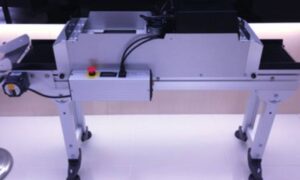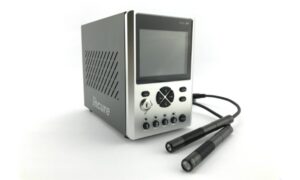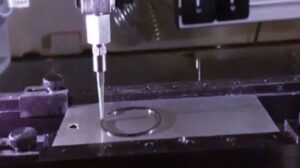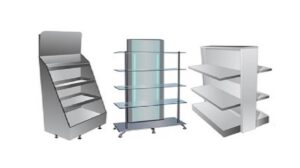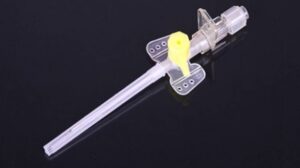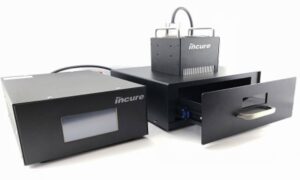Manufacturing facilities often utilize various light sources, some of which can emit harmful ultraviolet (UV) radiation. While crucial for certain processes, unprotected exposure to UV light can pose a significant risk to workers’ eyes. This blog dives into the importance of UV eye protection in manufacturing and explores effective strategies to safeguard worker vision.
The Dangers of UV Exposure in Manufacturing
Manufacturing environments can involve exposure to several sources of UV radiation, including:
- Welding Equipment: Arc welding generates intense UV light that can cause photokeratitis and long-term damage to the eyes.
- UV Curing Systems: These systems used for rapid curing of adhesives and coatings emit UV light that can be harmful if not properly shielded.
- Germicidal Lamps: While essential for sterilization, germicidal lamps emit UV-C rays that can damage the cornea and conjunctiva.
- Plasma Cutting: This cutting process produces UV radiation along with visible bright light, posing a risk to unprotected eyes.
The Consequences of Unprotected UV Exposure
Unprotected exposure to UV radiation in manufacturing settings can lead to several eye problems, including:
- Photokeratitis: This painful condition, similar to sunburn on the eye’s surface, can cause temporary vision loss and discomfort.
- Welders Flash: This temporary condition, caused by intense UV exposure during welding, results in gritty eyes, light sensitivity, and blurred vision.
- Cataracts: Long-term UV exposure is a significant risk factor for cataracts, a clouding of the lens that can impair vision.
- Pterygium Growth: Chronic UV exposure can lead to a non-cancerous growth of tissue on the white of the eye.
Safeguarding Eyesight in Manufacturing: Implementing UV Eye Protection
Several measures can be taken to ensure worker safety from UV radiation in manufacturing facilities:
- Engineering Controls: Implementing physical barriers like curtains, shields, and fume hoods around UV light sources minimizes worker exposure.
- Administrative Controls: Establish clear safety protocols, including designated safe viewing areas and restricted access to high-risk areas.
- Personal Protective Equipment (PPE): Providing appropriate UV-protective eyewear is essential. Look for:
- UV Blocking: Choose safety glasses or goggles that block 99% or 100% of UVA and UVB rays.
- Lens Material: Polycarbonate or Trivex lenses offer superior impact resistance and UV protection.
- Welding Specific Shades: For welding applications, ensure the welding helmet shade is appropriate for the specific welding process.
- Fit and Comfort: Comfortable, well-fitting safety glasses encourage consistent use.
Promoting a Culture of Eye Safety
Creating a strong safety culture is crucial for protecting worker vision. Here are some additional tips:
- Regular Safety Training: Educate workers about the risks of UV exposure and proper use of PPE.
- Provide Replacement Eyewear: Offer replacements for damaged or scratched safety glasses to ensure continued protection.
- Regular Eye Exams: Encourage workers to schedule regular eye exams with their eye doctor to monitor their eye health.
Investing in a Safe and Productive Future
By prioritizing UV eye protection in manufacturing, you can create a safer and healthier work environment for your employees. Reduced eye injuries, improved worker comfort, and a commitment to long-term wellbeing all contribute to a productive and successful manufacturing operation. So, don’t let UV hazards compromise your workers’ vision. Implement effective safe practices and empower your employees to see clearly and work safely for years to come.
INCURE UV Curing Eye Protection
UV Blocking Safety Goggles (EN166/ANSI Z87.1) – Impact Resistant, 99% UV Protection (PC Lens).

